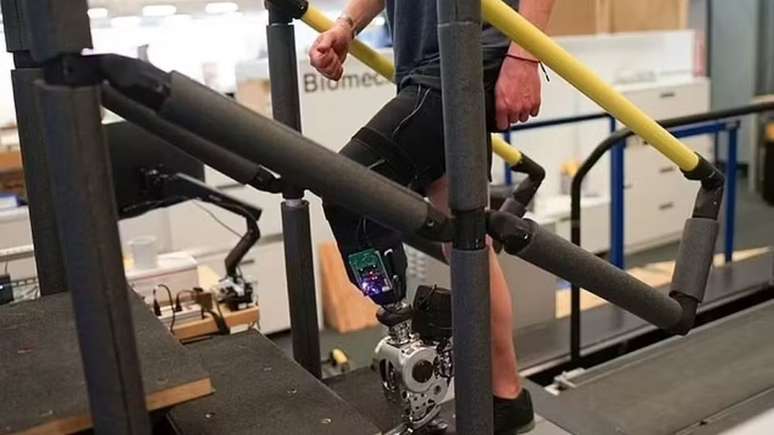During the study, which included 14 amputees, researchers noted that the new leg provided a more natural gait and superior stability on uneven surfaces.
In the Massachusetts Institute of TechnologyScientists in the United States have announced a revolutionary innovation: a bionic leg that is controlled directly by the brain. The advance promises to transform the lives of amputees who rely on prosthetic limbs by making activities like walking, climbing stairs and maneuvering around obstacles more natural and efficient.
In a study of 14 amputees, researchers found that the new leg provided a more natural gait and superior stability on uneven surfaces. For those who underwent specific surgery to reattach their remaining limb muscles, the results were even more promising, showing a 41 percent increase in displacement speed.
How does this innovative bionic leg work?
The big innovation of this device is its ability to communicate directly with the user’s brain through a below-the-knee surgical technique. This technique, known as an agonist neuromuscular interface (AMI), differs from traditional amputations by allowing the muscles that normally control the foot to send signals directly to the prosthetic limb.
During previous research, Professor HerrOne of the research leaders and his colleagues discovered that signals from these remaining muscles could be used to replicate the natural movements of the foot. By recording these signals, the robotic ankle knows how much and how intensely the foot flexes and bends, allowing the patient to control the limb naturally.
What is the future of electronic prosthetics?
Although only 60 people have undergone this new type of surgery so far, scientists expect the technology could be expanded to help more people in the future. The researchers believe this approach could set a new standard for all future bionic prosthetics.


